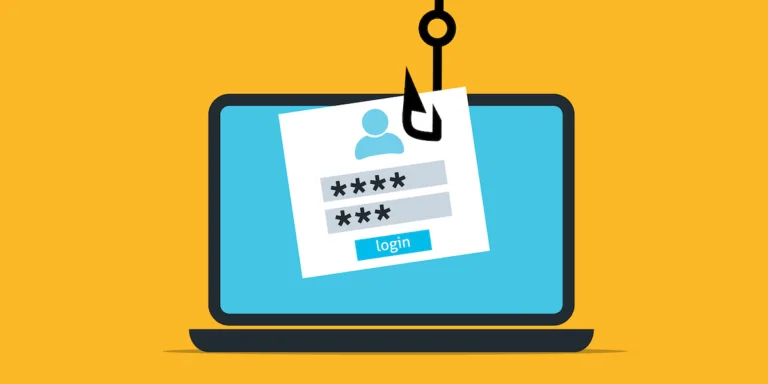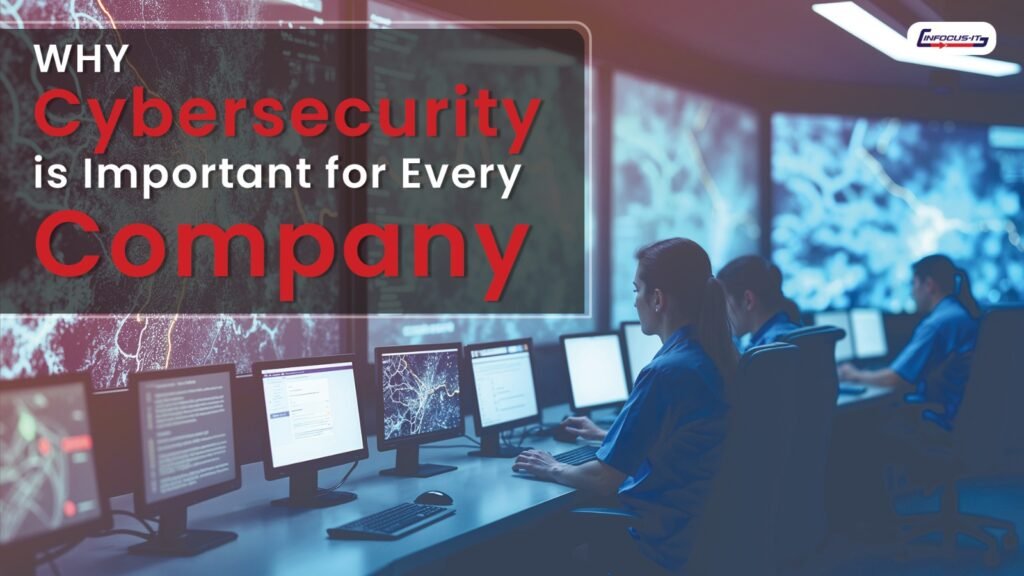The global shift to remote work—fast-tracked by the COVID-19 pandemic—has redefined the modern workplace. While this transition has brought numerous benefits, including increased flexibility, improved productivity, and access to a broader talent pool, it has also introduced significant cybersecurity risks.
As the physical boundaries of the traditional office dissolve, organizations must confront new vulnerabilities. Many remote workers operate from home networks that lack enterprise-level security, use personal devices not configured for business protection, and may be less vigilant about cyber hygiene. These conditions have created a fertile ground for cybercriminals.
The Rising Risks of Remote Work
Cyber attackers are quick to adapt. With more employees working outside the organization’s perimeter, the attack surface has expanded drastically. This means more entry points for hackers, and more chances for human error.
Here are some of the most common remote work threats organizations face today:
- Phishing Attacks: Remote workers are frequent targets of deceptive emails designed to trick them into revealing login credentials or downloading malware.
- Ransomware: With inadequate security, a single compromised device can infect an entire network, leading to data encryption and costly ransom demands.
- Man-in-the-Middle (MitM) Attacks: On unsecured Wi-Fi networks, attackers can intercept data, including passwords and confidential communications.
- Shadow IT: Employees often use unauthorized software or cloud services to stay productive, bypassing IT oversight and increasing risk exposure.
- Unpatched Systems: Delays in system updates or software patching can leave critical vulnerabilities open for exploitation.
If these risks are not properly mitigated, organizations may suffer:
- Data breaches
- Unauthorized system access
- Loss or theft of sensitive business and customer information
- Regulatory penalties and compliance violations
- Financial losses and reputational damage
Essential Cybersecurity Measures for Remote Teams
To protect remote workers and business assets, a multi-layered cybersecurity strategy is essential. It’s not just about software—it’s about people, policies, and proactive protection.
1. Multi-Factor Authentication (MFA)
MFA significantly reduces the risk of unauthorized access. Even if an employee’s password is compromised, MFA adds extra barriers—like SMS codes, biometric verification, or app-based approvals—that an attacker cannot easily bypass.
Pro Tip: Use app-based authenticators like Google Authenticator or Microsoft Authenticator instead of SMS for stronger security.
2. Secure Virtual Private Networks (VPNs)
A VPN encrypts all data transferred between an employee’s device and your corporate systems, making it unreadable to anyone trying to intercept the connection.
Recommendation: Choose VPNs with strong encryption protocols (like OpenVPN or IKEv2), and enforce “always-on VPN” policies to ensure traffic never flows unencrypted.
3. Regular Security Awareness Training
Human error remains one of the leading causes of data breaches. Ongoing training helps employees recognize suspicious emails, avoid social engineering traps, and understand the importance of secure behavior online.
Best Practice: Use simulated phishing campaigns and interactive training platforms to make learning engaging and effective.
4. Endpoint Protection & Patch Management
Remote devices must be treated as extensions of your network. Deploy enterprise-grade antivirus and anti-malware tools, ensure firewalls are active, and automate patching for operating systems, browsers, and apps.
Helpful Tip: Use endpoint detection and response (EDR) solutions for real-time threat monitoring and faster incident response.
5. Access Control & Activity Monitoring
The principle of least privilege should guide access decisions. Limit access to data and systems based on job roles. Continuously monitor logins, data transfers, and system behavior to flag unusual or suspicious activity.
Extra Tip: Implement Identity and Access Management (IAM) solutions that offer user behavior analytics and real-time alerts.
Building a Resilient Remote Workforce
Cybersecurity isn’t a one-time fix—it’s an ongoing commitment. As remote work becomes the norm, organizations must invest in both technology and culture to maintain a secure posture.
Here’s how you can build a cyber-resilient remote team:
- Develop a remote work security policy that outlines acceptable device use, data handling, and reporting procedures.
- Conduct routine audits of security systems and access logs.
- Create a clear incident response plan that includes remote scenarios.
- Foster an open culture where employees feel safe reporting mistakes or suspected threats without fear of punishment.
Final Thoughts
Remote work is no longer a trend—it’s a business reality. But with that flexibility comes responsibility. Organizations that take cybersecurity seriously, enforce best practices, and empower their employees will be better positioned to thrive in the digital-first future.
Tags: #Cybersecurity #RemoteWork #WorkFromHomeSecurity #CyberAwareness #InfoSec #EndpointSecurity #MFA #VPN #Phishing #CyberThreats #SecurityTraining #DataProtection #ZeroTrust #Ransomware #RemoteWorkforce
At INFOCUS-IT, we specialize in advanced cybersecurity solutions—from threat detection and incident response to compliance and risk management. Whether you’re a small business or a large enterprise, our experts are here to protect what matters most.
Book your vulnerability scan now → infocus-it.com
📩 Support: support@infocus-it.com
📞 Helpdesk: +91-8178210903
hashtag#vapt hashtag#owasp hashtag#bugbounty hashtag#ethicalhacking hashtag#infocusit

